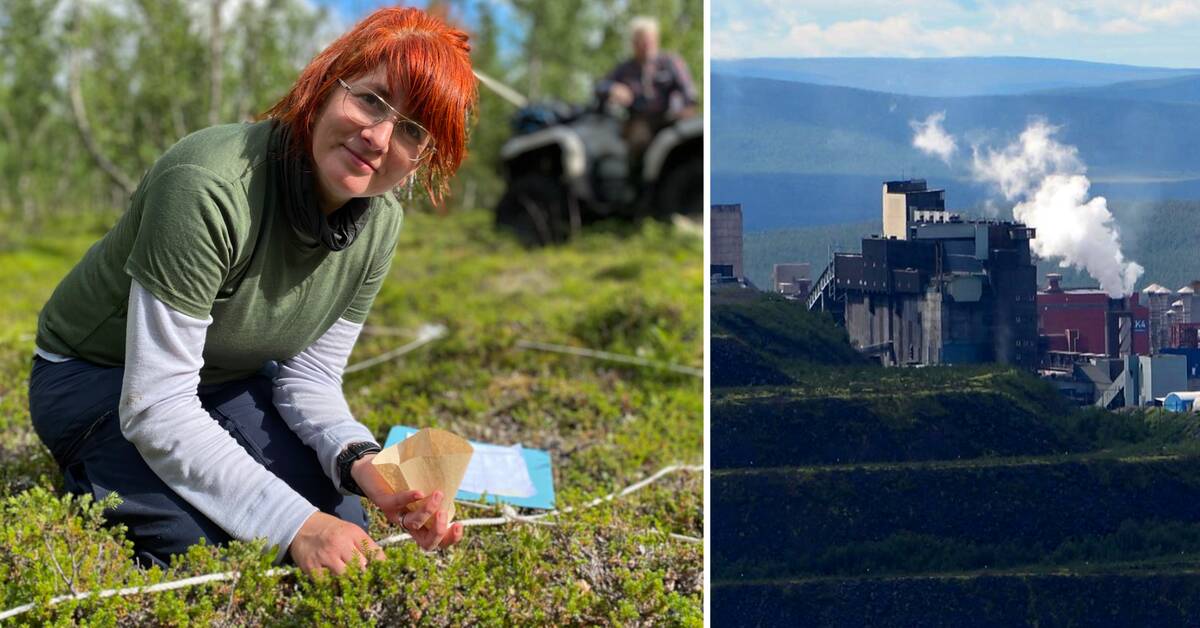Through support from the European Research Council, researcher Ioana Onut Brännström was able to start her project, in which Oslo University, Uppsala University, LKAB, Laevas and Gabna Sami villages also participate.
Last week, the field surveys began, and after a few days the research team could see that both Torslav and Norrlandslav were more common the closer they got to the mine.
- Of course we have to look at the data, but as it seems now, the lichen species that like nitrogen are more common the closer we get to the mine, says Ioana Onut Brännström.
She says that the reindeer lichen is more sensitive to pollution.
- There seems to be less lichen when we approach the mine, but of course we have to take a closer look at what we have collected, both at genetics and species diversity, says Ioana Onut Brännström.
"The reindeer have long avoided the mining area"
Reindeer herder Hans-Göran Partapuoli, Laeva Sami village has grazed his reindeer between the mines in Kiruna and Svappavaara for 20 years, and he has noticed clear changes in the reindeer's behavior around the mines.
- We have seen that the reindeer don't stay around the mines any more, they just pass by.
When we move down from the mountains to the winter pastures, they don't stop.
Partapuoli thinks it is good that the research project is carried out, so that LKAB can do something about the pollution.
He believes that a large part of the winter grazing land is unusable because of the mine.
- It is a big loss for us, because we see that the reindeer only stop 1.5 kilometers from the mining area, says Hans-Göran Partapuoli.
"We need to do more in this area"
The field surveys are carried out through 15 km long transects (lines) with measurement points at every kilometer.
The finished result is expected to be published in 2024. But the research team hopes for a continuation of the project.
The mine has existed for over 100 years, how come LKAB is doing this investigation?
- It comes a bit by chance.
Ioana and I have had previous collaborations and because she received the research support, we have the opportunity to do this, says Petter Birger Madsen, project coordinator LKAB.
He continues:
- What we hope for and will press for is that we need to do more in this area, and LKAB would also need to do more research efforts like this, says Petter Birger Madsen, project coordinator LKAB.

